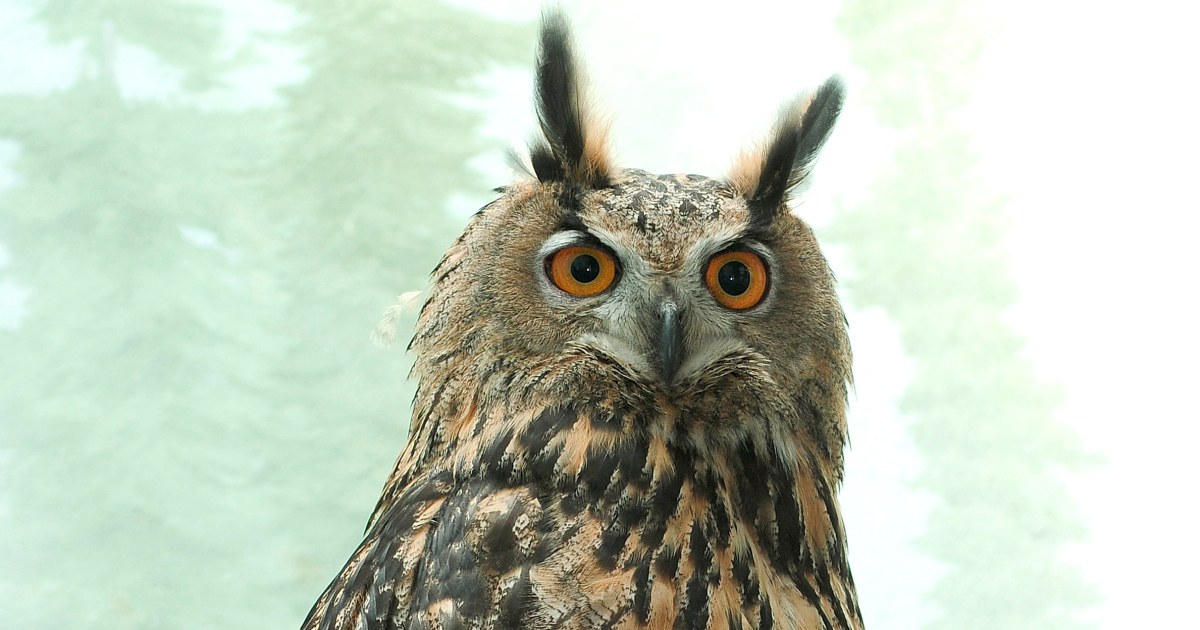"Isabell strangler": Rare bird observed for the first time in Hesse
Created: 11/27/2022, 3:13 p.m
A rare bird was discovered for the first time in Hesse.
The species originally came from China and Mongolia.
Friedberg – Many birds have now reached their African winter quarters.
Therefore, it is also becoming quieter in the natural areas of the Wetterau.
Nevertheless, there has been a pronounced "traffic jam" in recent weeks - and the Hessian first observation of the Isabella shrike.
The past weekend had a lot of rare bird species to offer for those interested in nature in the Wetterau.
Ducks, geese and swans were particularly numerous with around 25 species.
"Particularly remarkable was a gathering of 300 gadwall, 112 spoonbill, 22 pintail, 50 widgeon and 150 teal, together with shelducks, velvet ducks, goldeneyes, common gulls and black-headed gulls on the Knappensee near Utphe," reports Stefan Stübing.
Birds in Hesse: Rare black duck spotted in the Wetterau
As an avifauna consultant at the Hessian Society for Ornithology and Nature Conservation (HGON), he coordinates the ornithological recording programs.
Such a large flock of the relatively rare Gadwall has never been seen in the Wetterau before.
"More than 300 golden plovers resting on fields between Wölfersheim and Staden were also very unusual for this time of year."
Many nature lovers will also remember the weekend because of the renewed strong migration of cranes.
"The migration direction of the birds was noticeably shifted to the south," says Stübing.
Not only in the Wetterau numerous large formations could be seen.
At least 4000 cranes came to rest in various areas in southern Hesse.
Typical features of the isabelle shrike are the light basic color and the reddish tail feathers.
© pv
What was the reason for this impressive stopover of so many bird species?
On the evening of last Friday, a cold front coming from the north-east in central Hesse met warm air from the south-west.
In Hesse and large parts of south-west Germany, heavy rainfall was the result, followed by widespread formation of fog, while in north-east Germany light snowfall, clear frost and often blue skies brought a wintry flair.
Hesse: Many birds are on their way to their winter quarters
For numerous migratory birds in the north-east, the cold and good visibility were the signal to migrate to their winter quarters.
Due to the fog, however, visibility from central Hesse was so poor that many troops had to stop by.
"If bird migration is slowed down so abruptly, the experts speak of 'migratory jams'," explains Stübing.
Only when the weather improved on Monday and Tuesday were the birds able to move on with good visibility again.
Christin Schmitt from Darmstadt was particularly lucky when she discovered a strikingly bright small bird while observing corn buntings near Staden as part of her internship at HGON: This turned out to be the first evidence of the Isabel shrike in Hesse.
also read
"Pure rip-off": Doner shop in Hesse gets bad ratings
Darmstadt: Dead woman found in the apartment – everything points to a relationship act
From China to Hesse: 5500 kilometers away from breeding grounds
Isabel shrike are closely related to the native red-backed shrike, but their breeding area is mainly in Mongolia and China.
The winter quarters of the long-distance migrants extend from East Africa to India, so the species is rarely seen in Europe.
So far, there have only been a good ten records from all over Germany.
Incidentally, the “stranglers” owe their somewhat martial naming to their feeding habits: Even if they are only a good finch size, they can capture smaller mice, lizards and even birds.
It was particularly pleasing that the rare guest stayed mostly in a flowering area that had been created by farmer Helmut Stelz as a protective measure for the wildlife of the arable landscape.
Walter Schmidt, nature conservation officer at the Nidda forestry office, emphasizes: "Together with many reed, yellow and corn buntings, linnets, tree sparrows and a family of partridges, the evidence of the Isabel shrike about 5500 kilometers from its breeding grounds shows the extraordinary value of the flowering areas for the protection of biodiversity in the farmland.”
In Hesse, the pond bottom of Neu-Ansbach is threatened by knotweed, the BUND warns.











